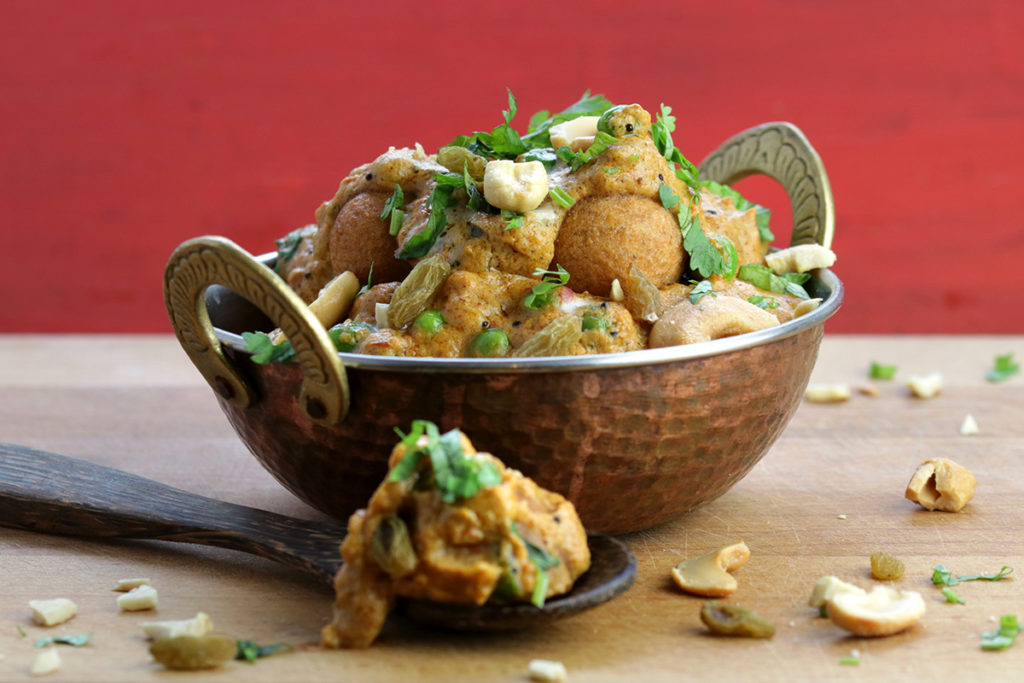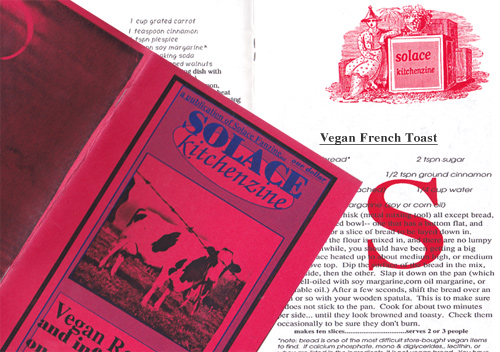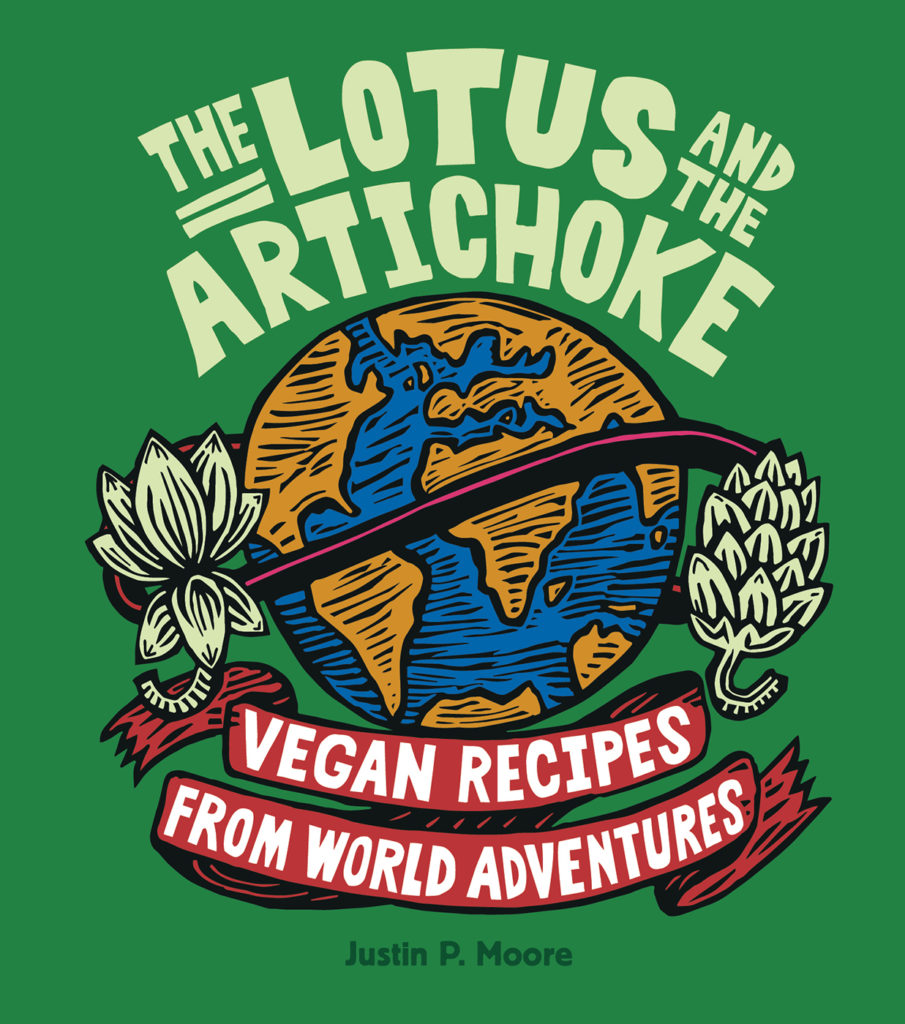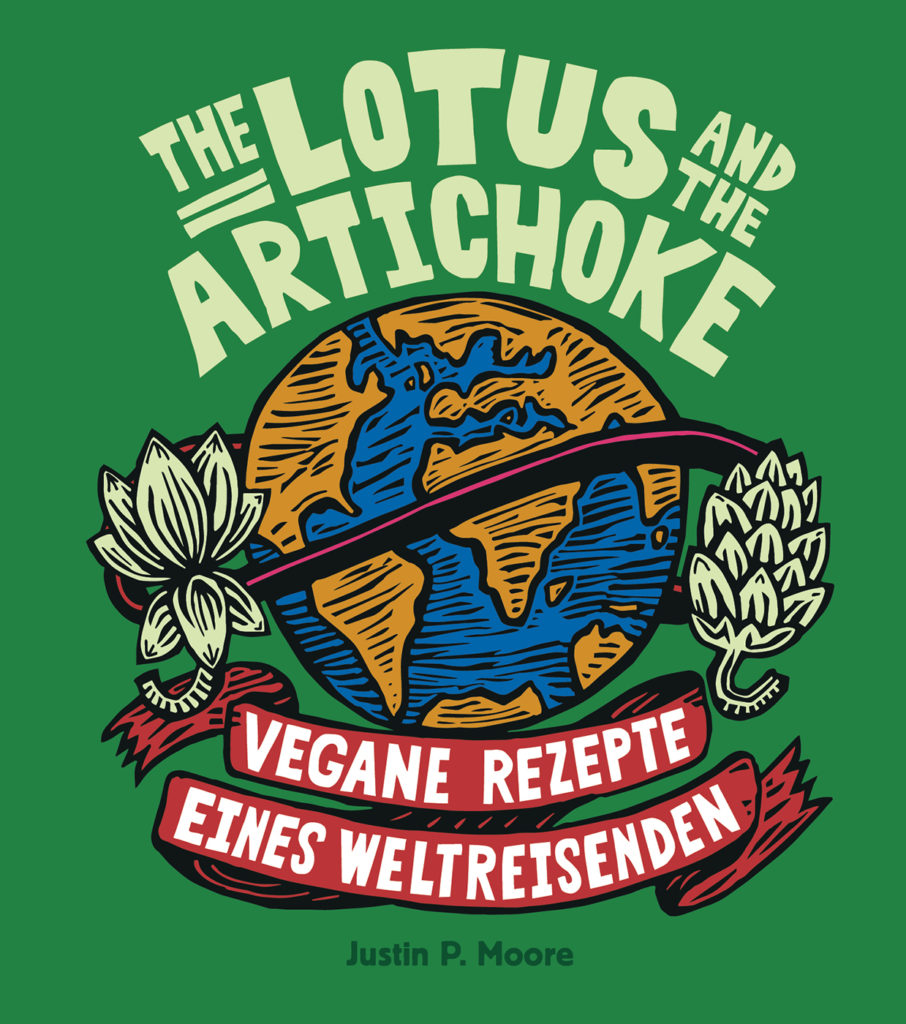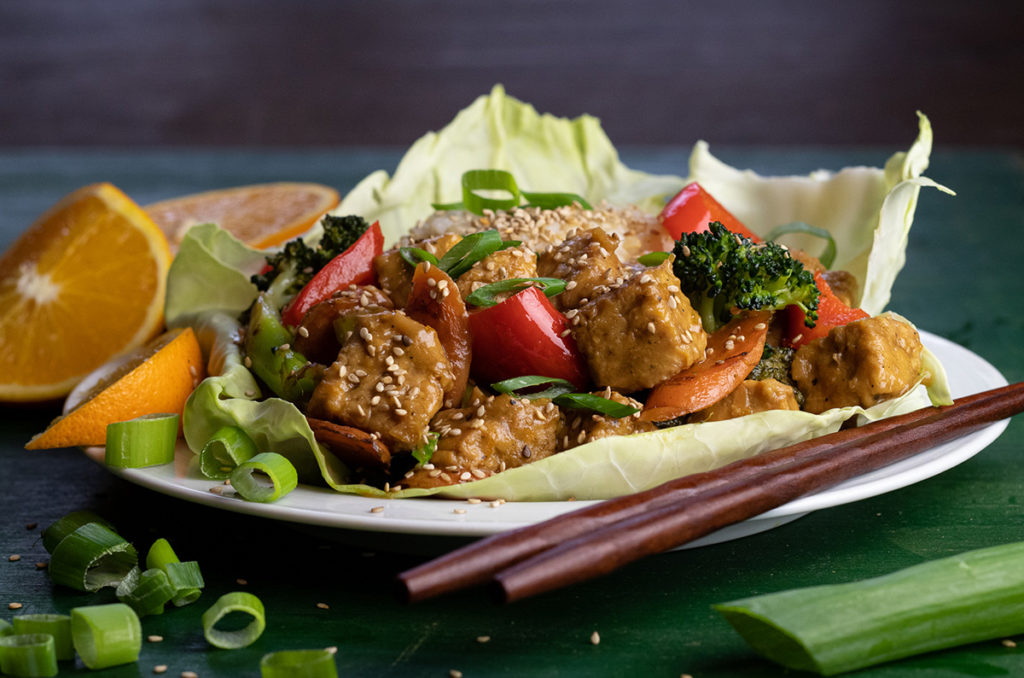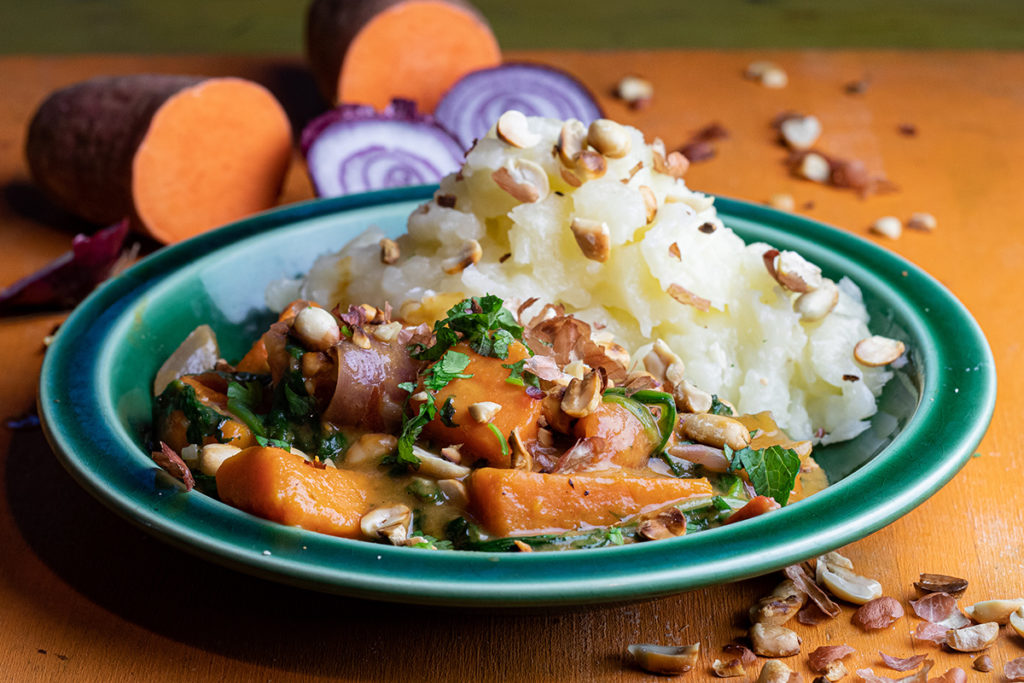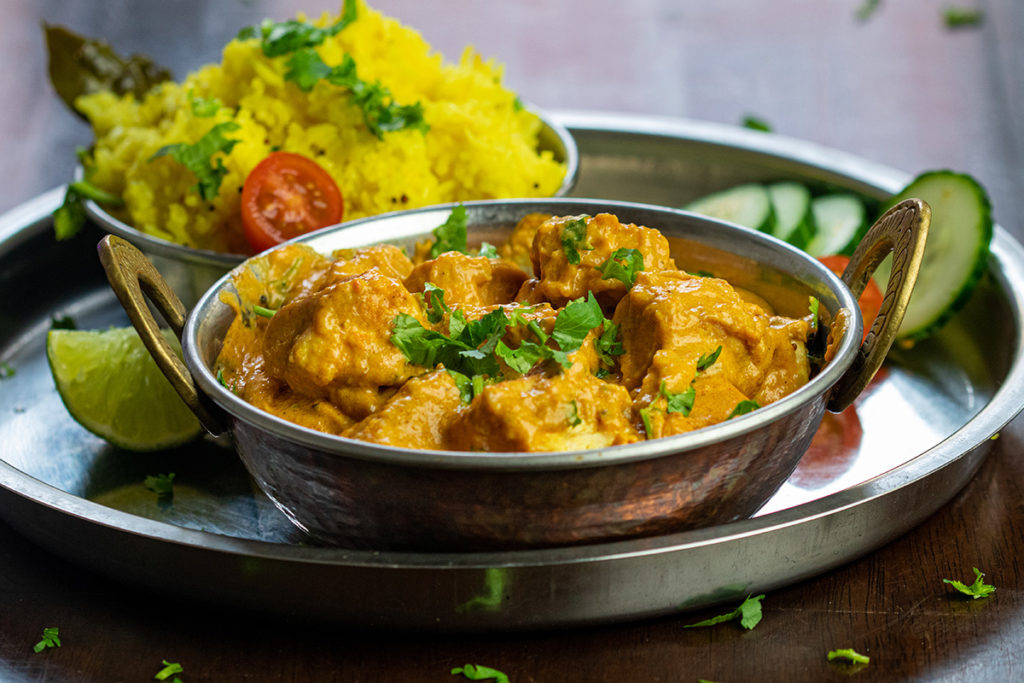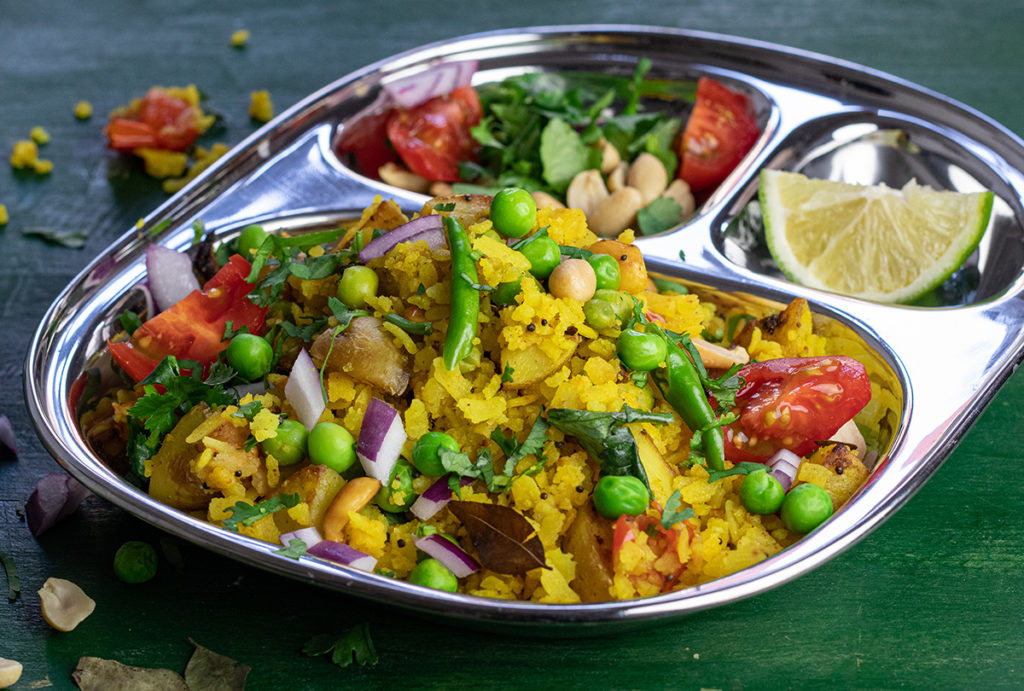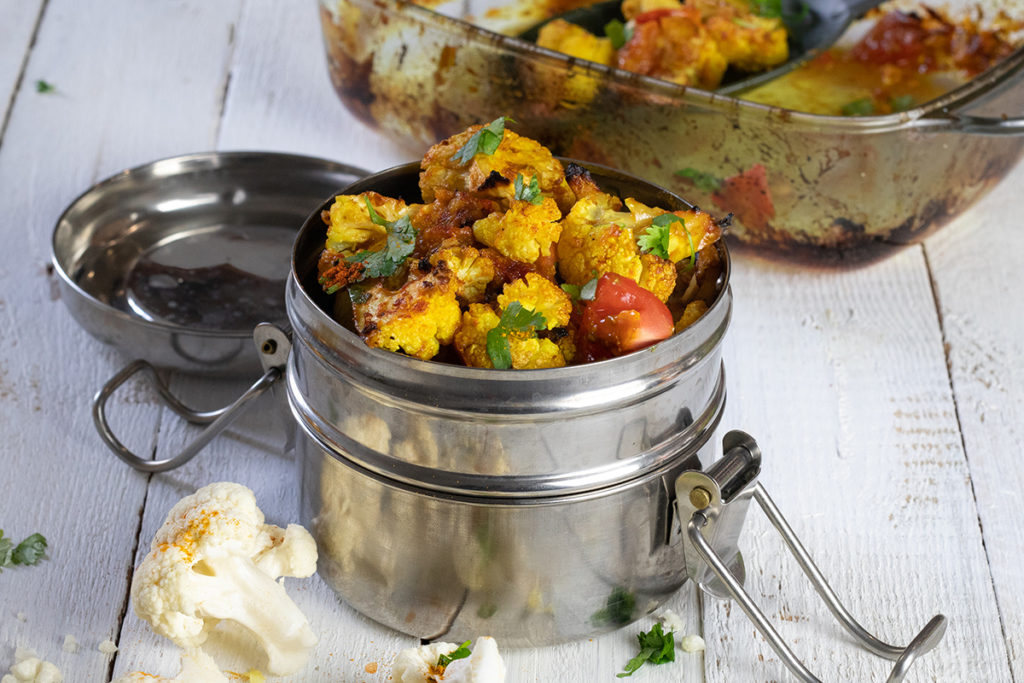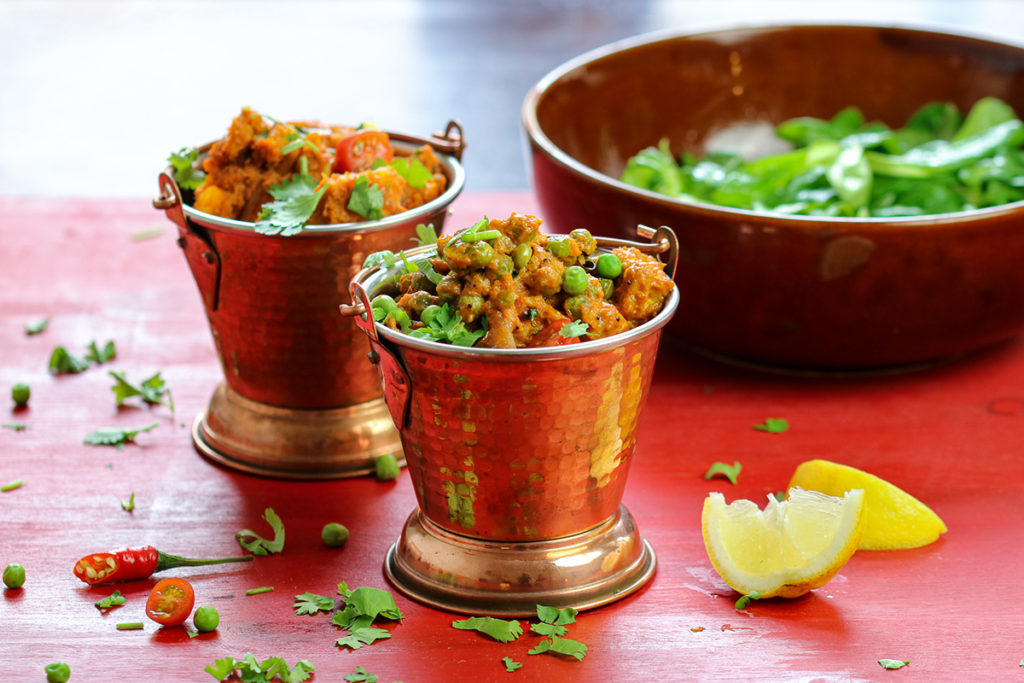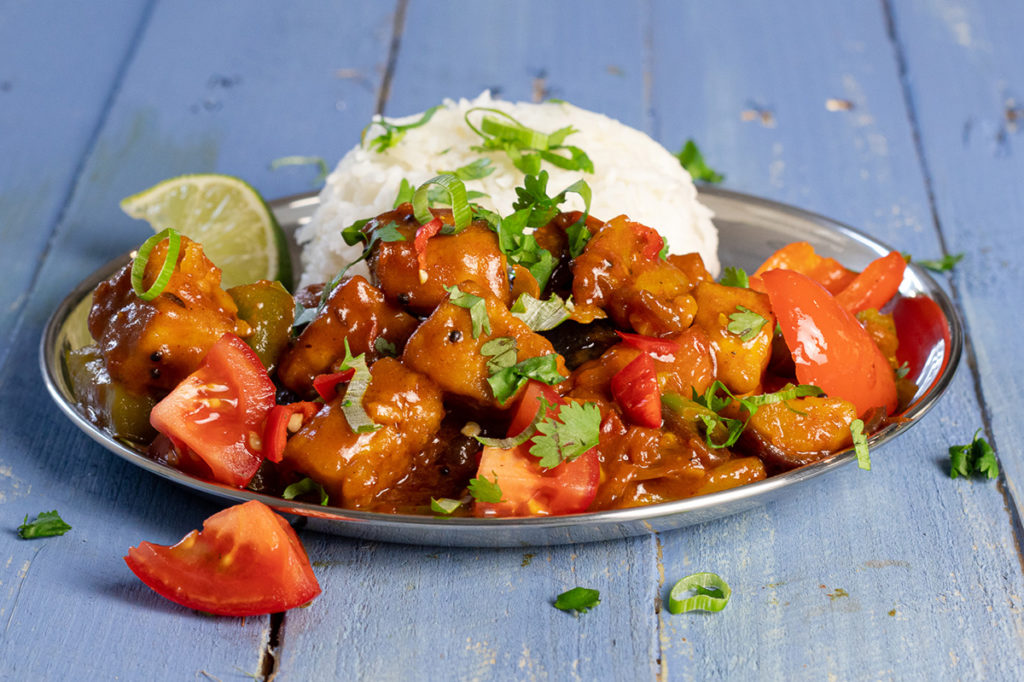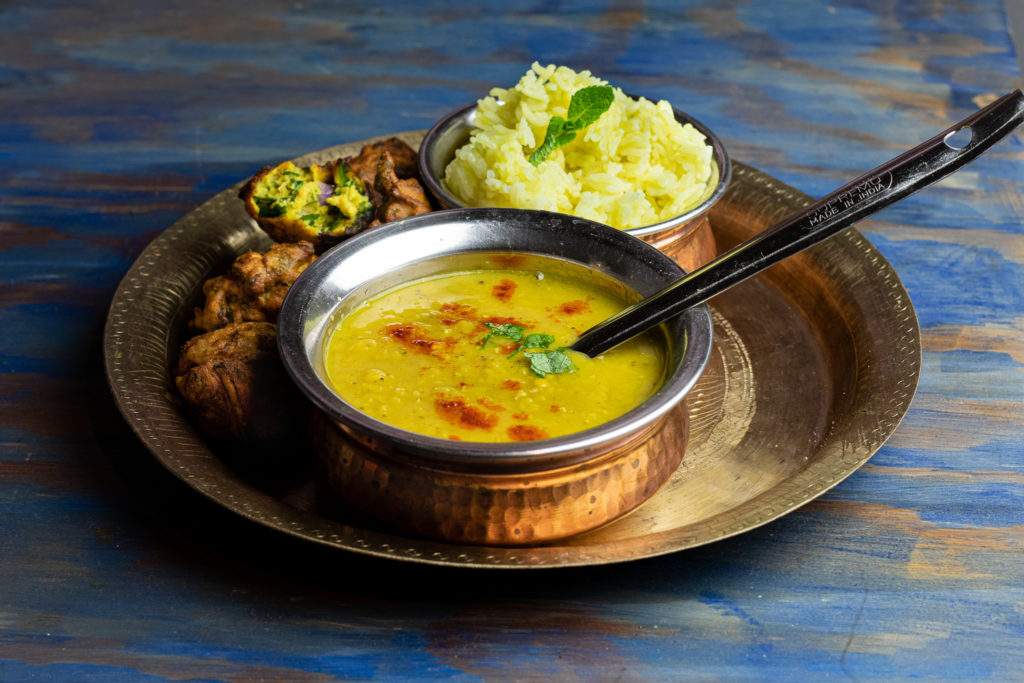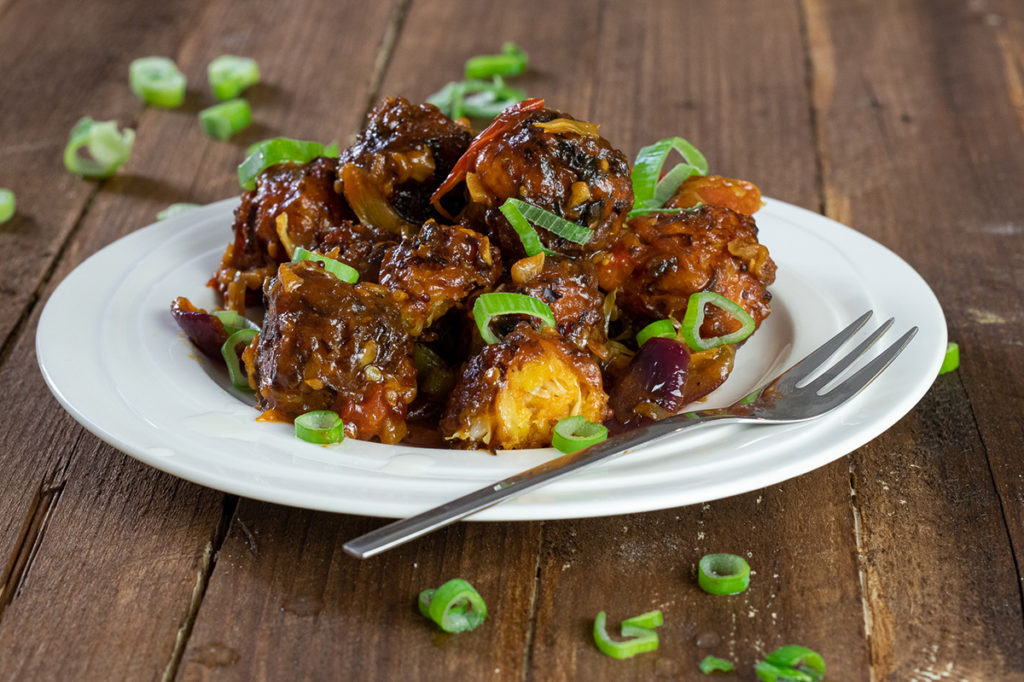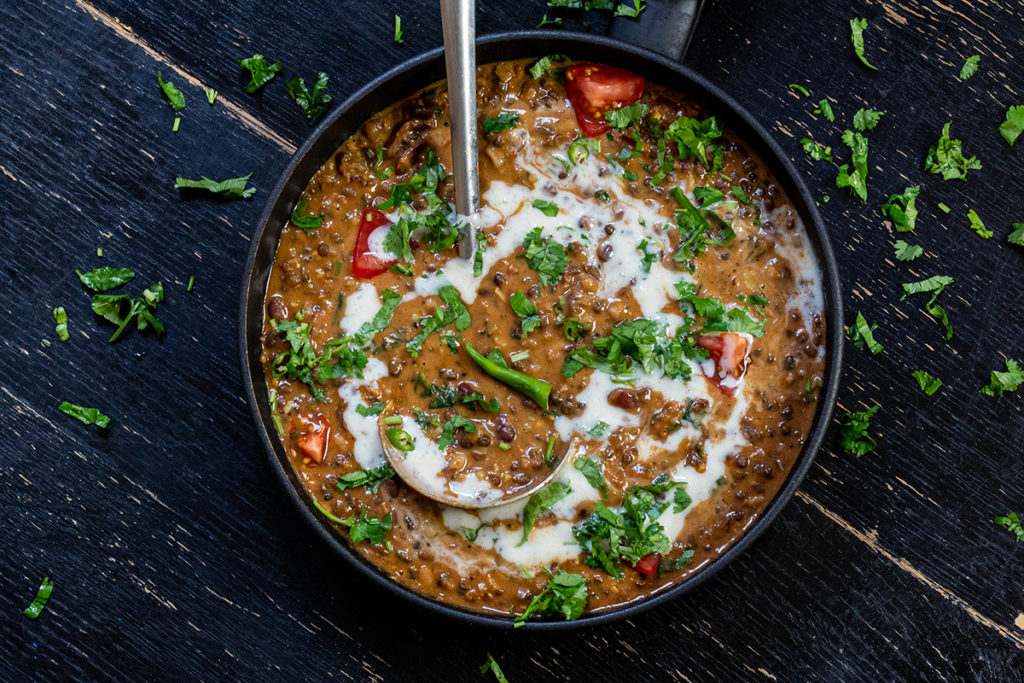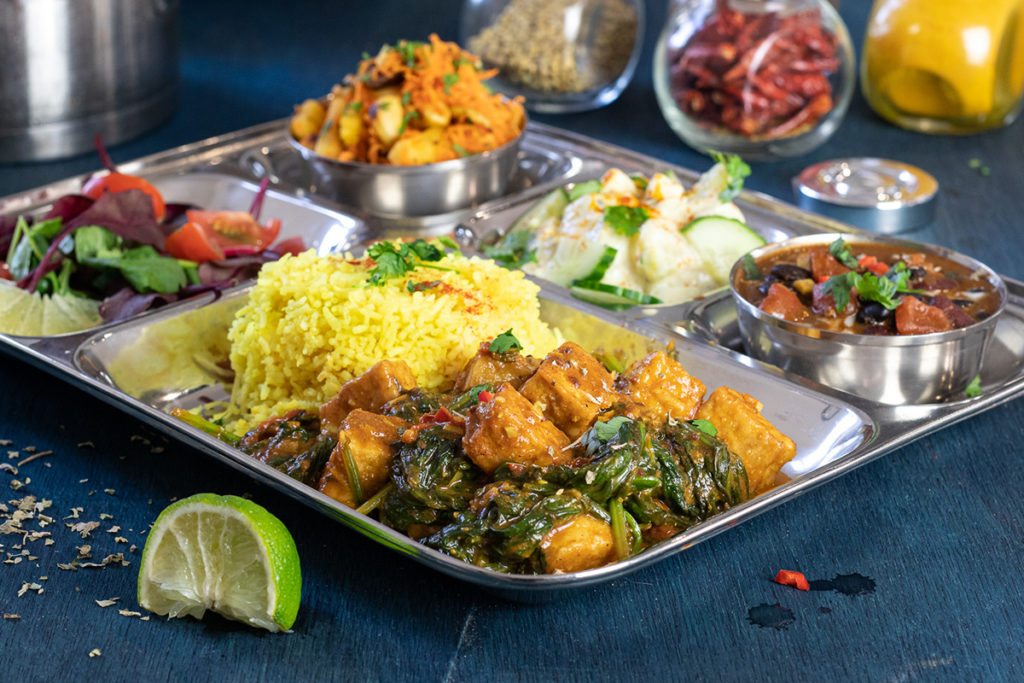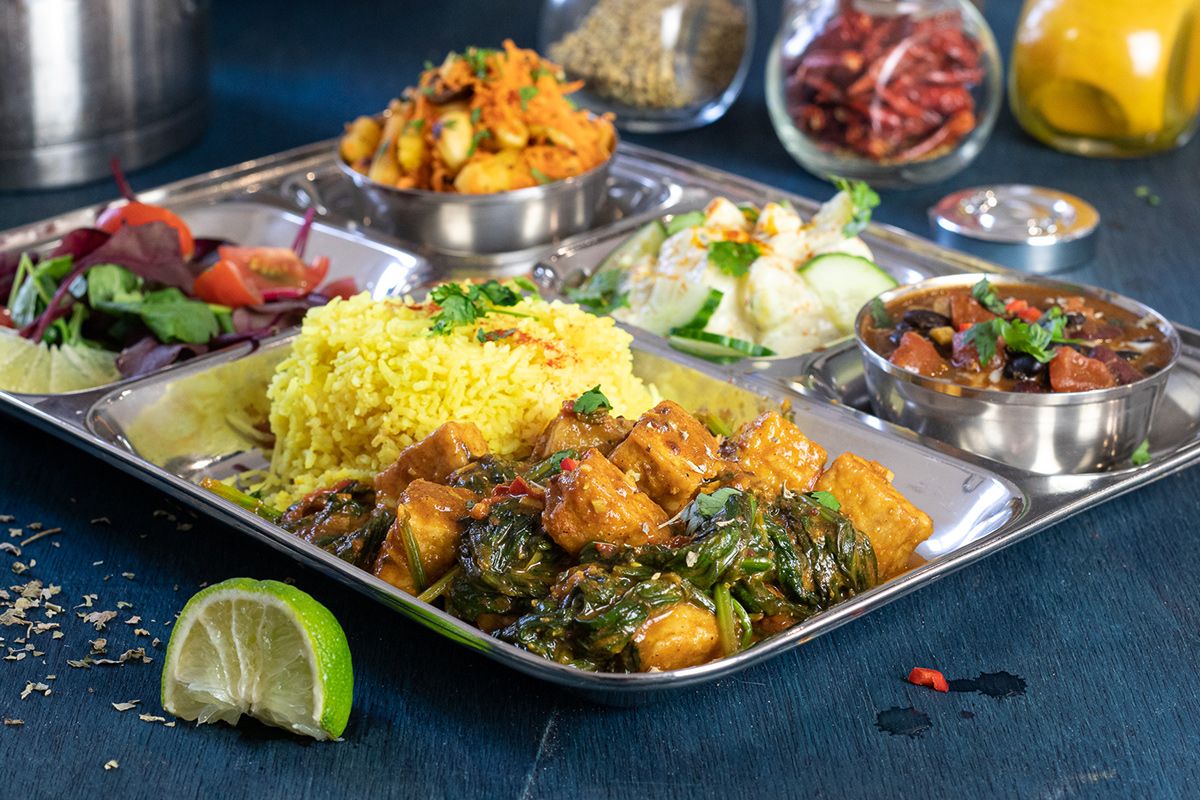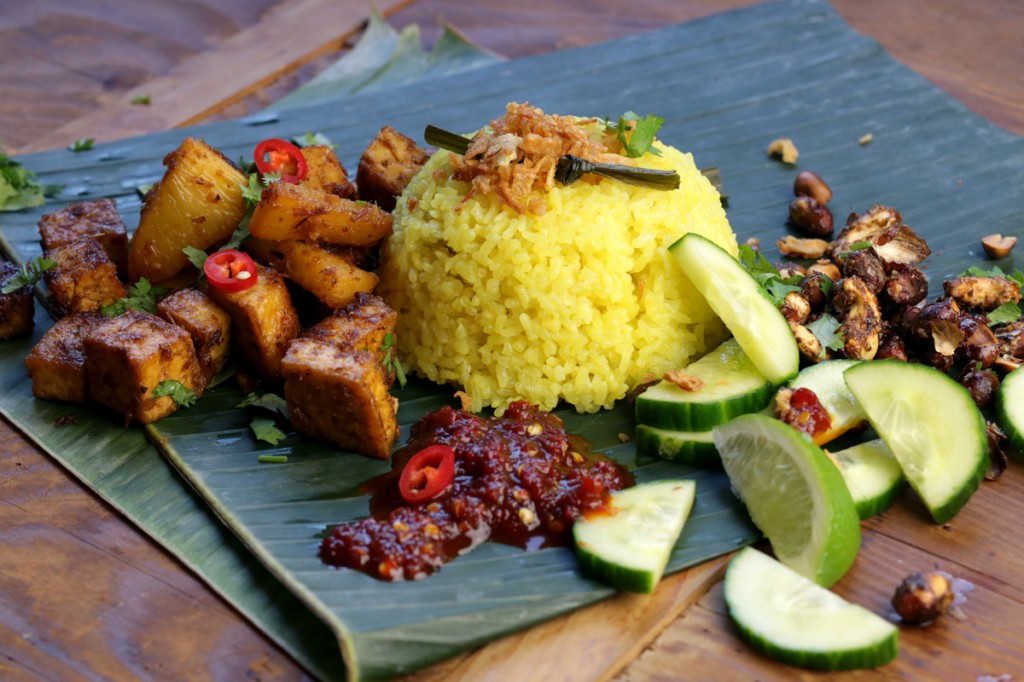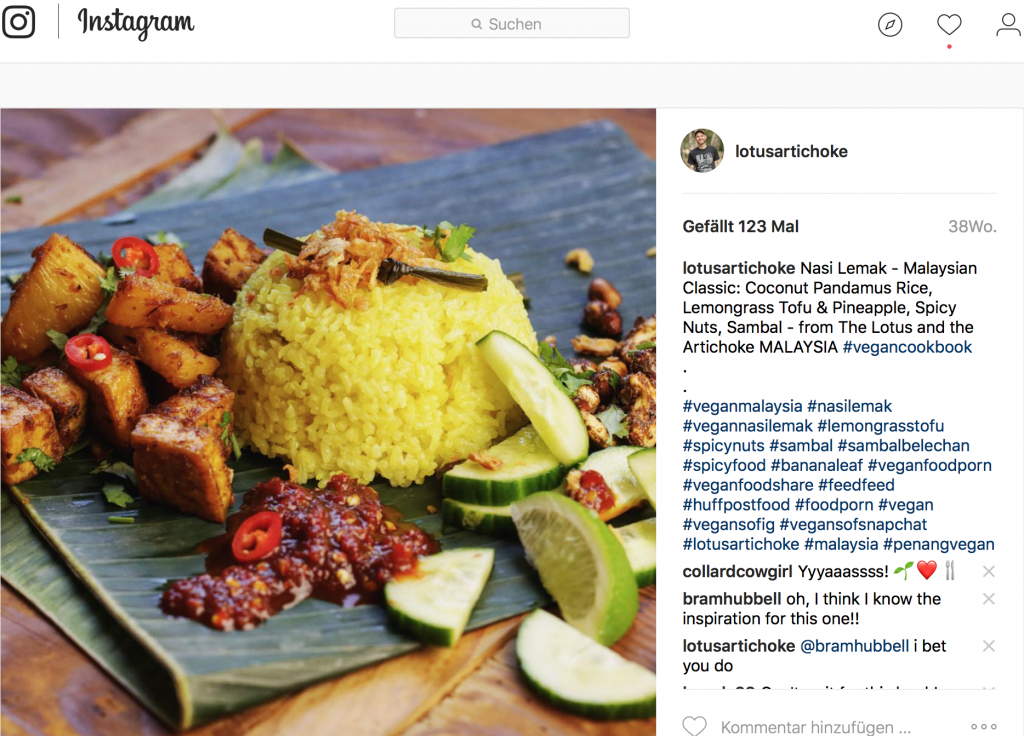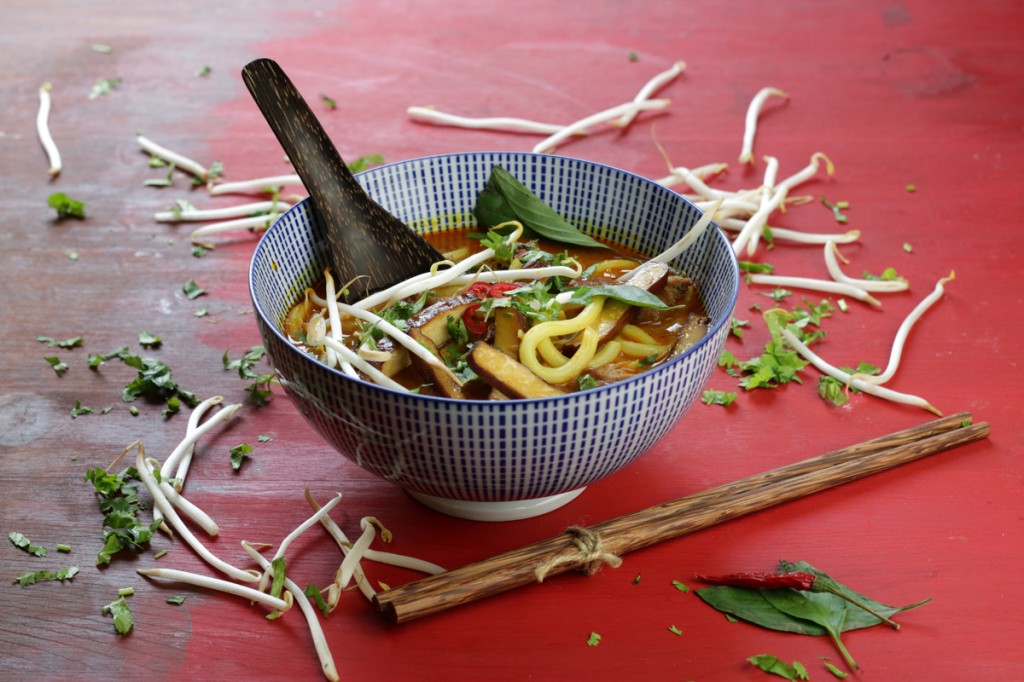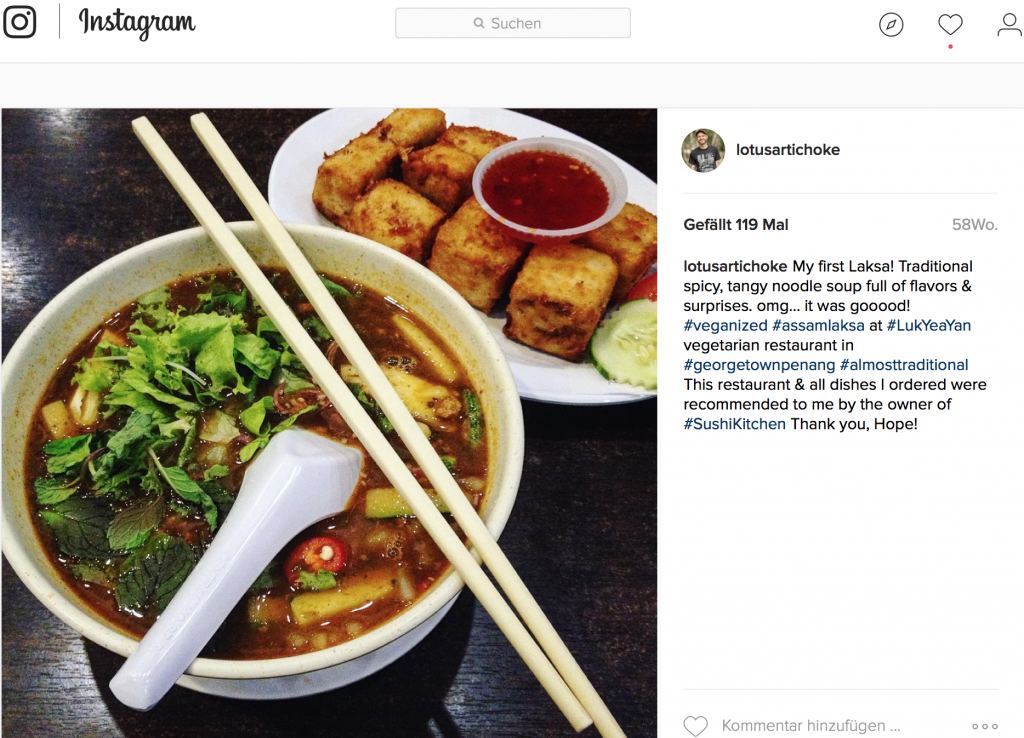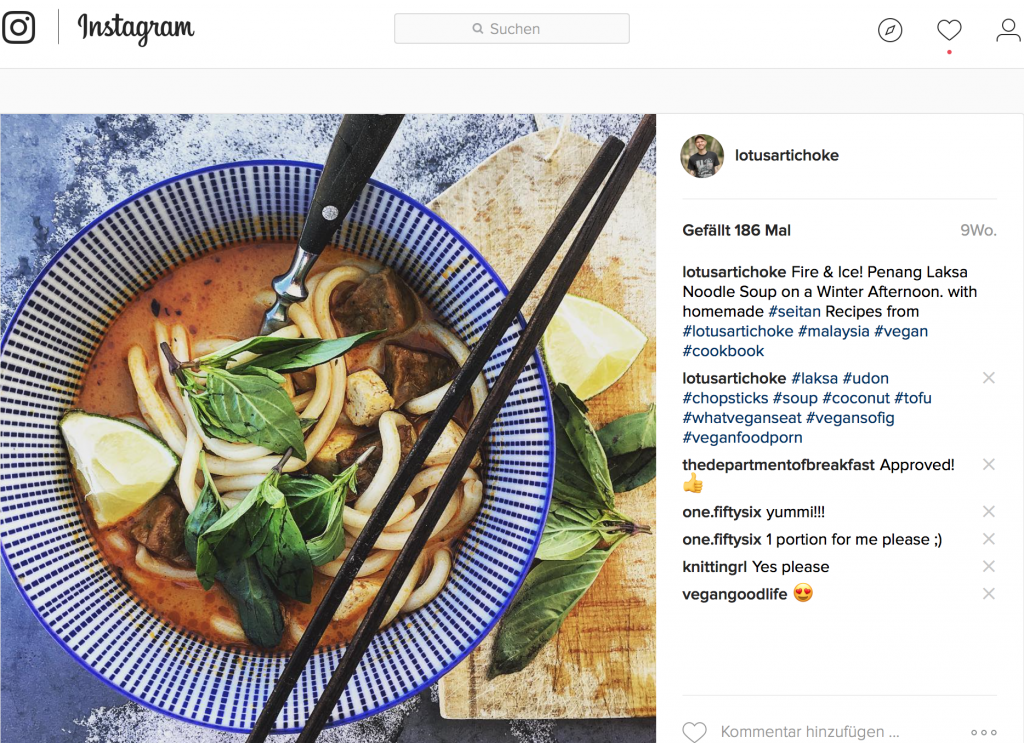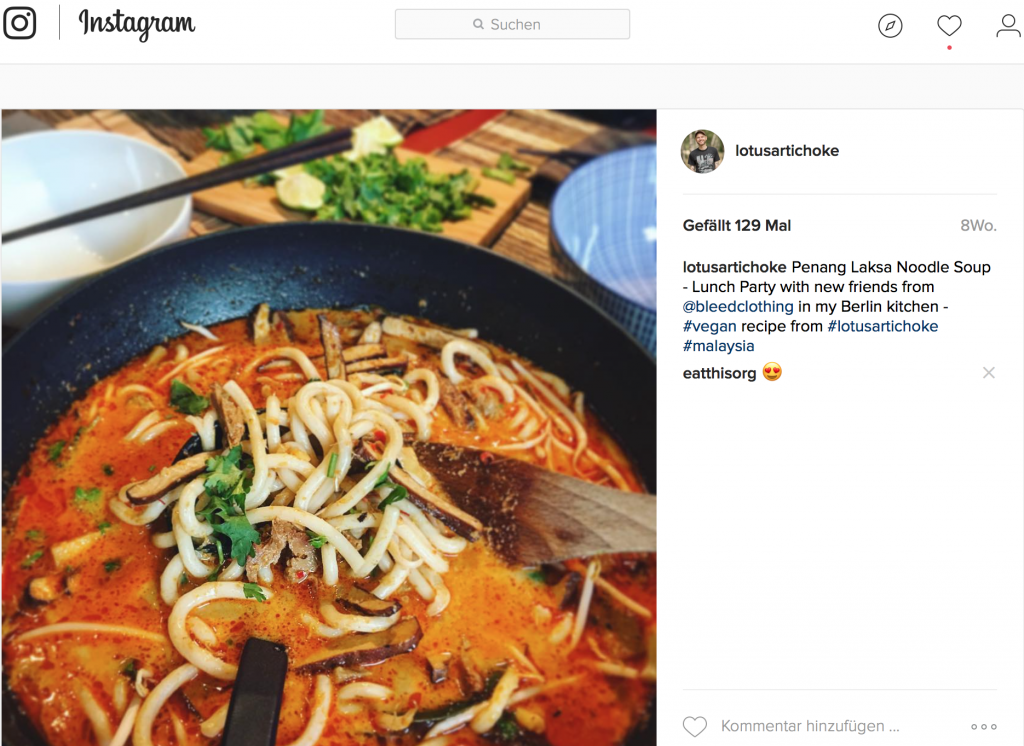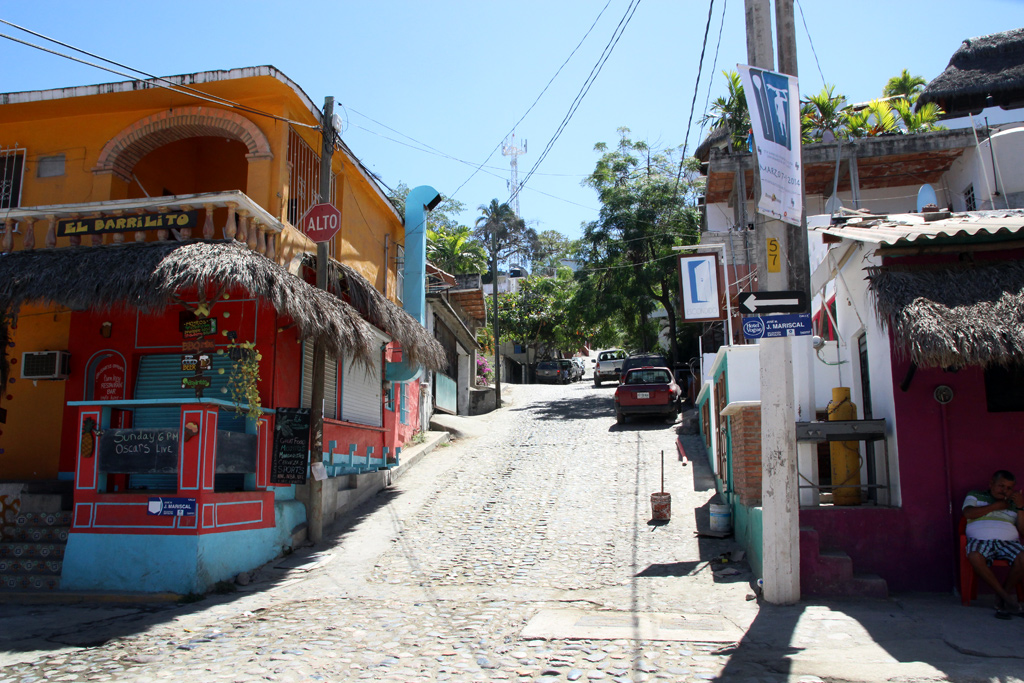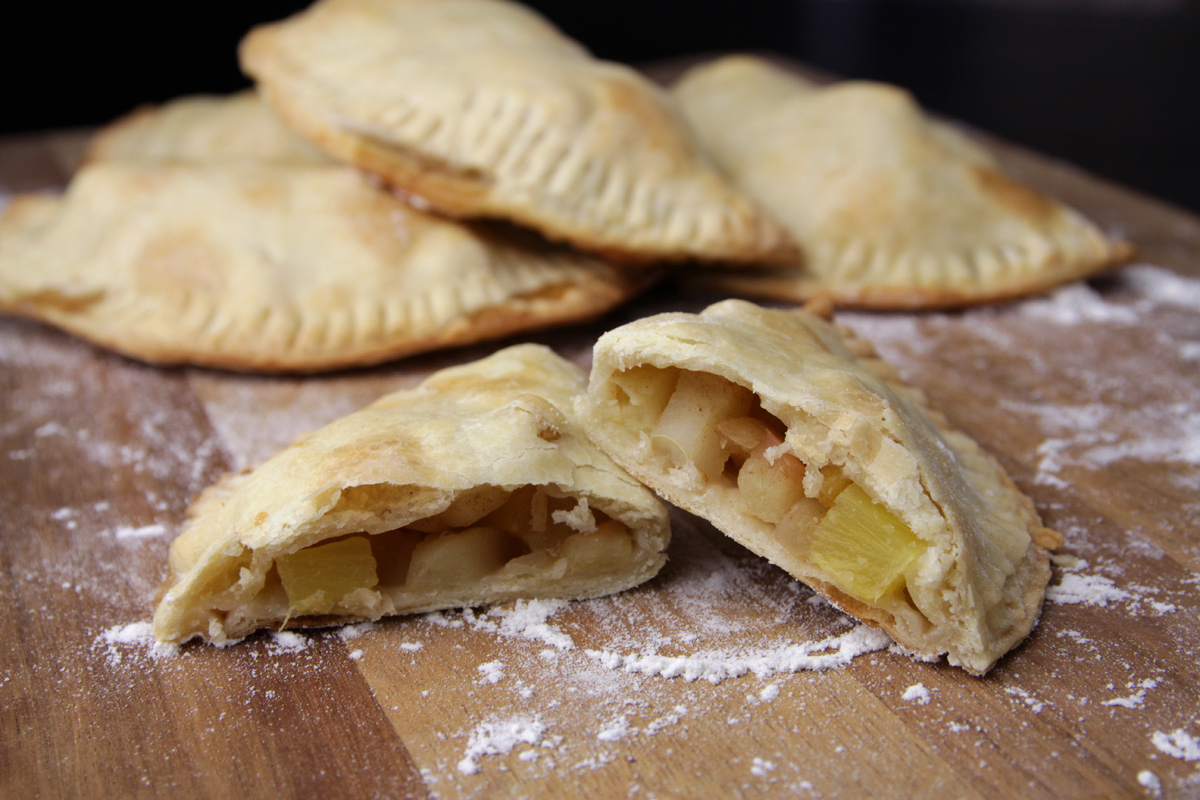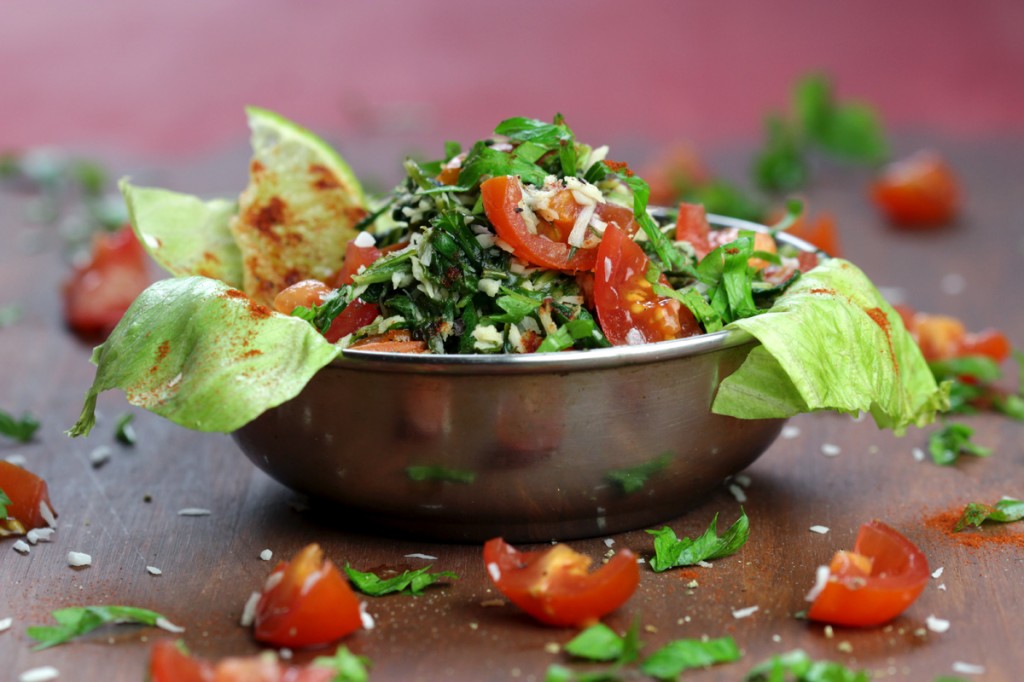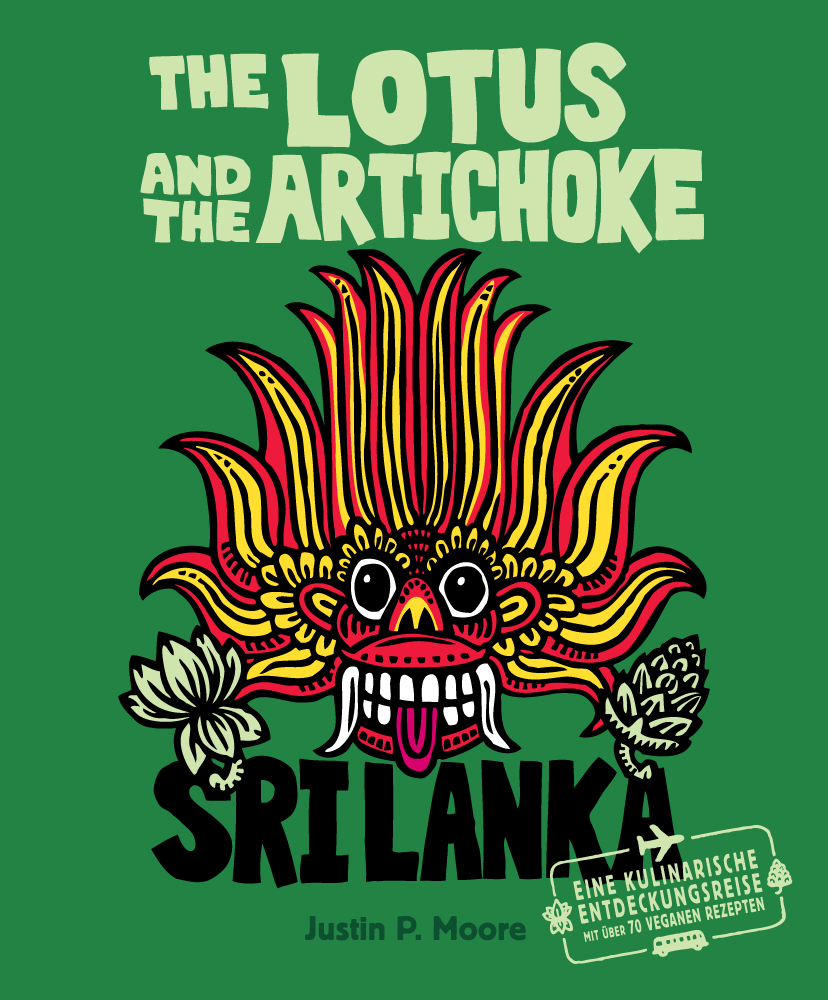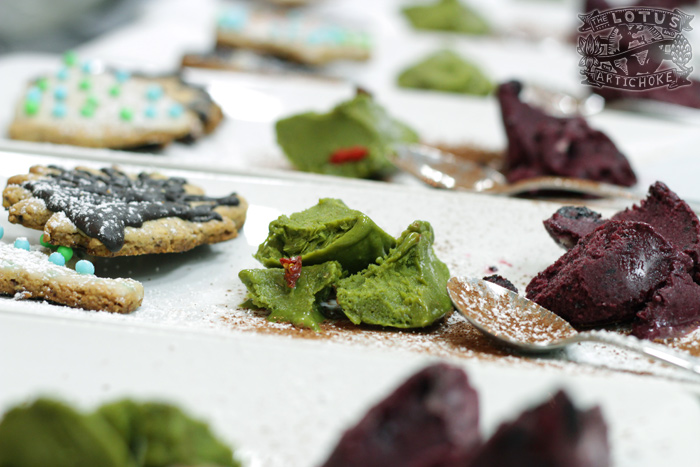The Lotus and the Artichoke – JAPAN is a book I’ve been researching and planning for almost five years. The recipe development and photography work for JAPAN are well underway. The artwork, illustrations, and graphic design structure are all set.
I have dozens of travel stories drafted, and have already been posting photos and videos on Instagram from my travels in Japan, restaurant visits, cooking experiments in the kitchen, and evolving work in the studio.
For the next 30 days The Lotus and the Artichoke – JAPAN is on Kickstarter. You can help support this project, pre-order signed cookbooks & e-books, and get other awesome rewards.
Please SHARE this link: http://kck.st/44jAwn1
Back in 2012, I launched my first project with Kickstarter, The Lotus and the Artichoke – Vegan Recipes from World Adventures, followed by another successful project for the German edition, Vegane Rezepte eines Weltreisenden in 2013.
The series continued with English and German publications of: The Lotus and the Artichoke – MÉXICO (2014), SRI LANKA (2015), MALAYSIA (2016), INDIA (2017), ETHIOPIA (2018), the fully updated, re-envisioned, expanded WORLD 2.0 (2021) cookbook, and most recently, INDOCHINESE (2023) exploring the delicious fusion of Indian & Chinese cuisines.

The Lotus and the Artichoke – JAPAN
- My 8th cookbook of vegan recipes inspired by my travels, stays with families, and cooking in the kitchens of homes and restaurants worldwide
- based on 4 visits to Japan – and adventures in 50+ other countries
- 192 pages with 100+ vegan recipes and over 80 full-page color photographs
- packed full of quick eats, appetizers, mini-dishes, salads, soups, street food, soulful breakfasts, boxed lunches, delicious dinners, memorable set meals, fantastic feasts, and delightful desserts
- travel stories & tales from my international adventures and experiences
- compact, no-nonsense, easy-to-follow recipes designed to satisfy and impress eaters of all ages, tastes, and minds
- created for cooks of all levels, from beginner to advanced
- recipes feature easy-to-find ingredients
- lots of variations for simplification and substitutions
- extensively tested & approved by cooks, foodies, friends, families, and hungry recipe testers in over 25 countries
- available in ENGLISH… und auch auf DEUTSCH!
The Lotus and the Artichoke – JAPAN is the most ambitious & adventurouscookbook I’ve embarked upon. After these four visits to Japan, I feel confident, experienced, and energized enough to realize this project with skill, respect, and appreciation.

Adventures in Japan
My first visit to Japan was in 1999, followed by travels in 2019 and 2023 – riding the trains, exploring cities, cycling towns, trekking between villages, shrines, and temples, immersing in homestays with families, exploring local kitchens, eateries, markets, and streetfood scenes… and even cooking for exclusive dining events in Tokyo, Fujisawa, and Ishikawa.
This summer – August 2024, I expect to return to Japan to meet friends, complete the on-site research, and gather more insights, first-hand experience, cookware, tableware, cutlery, inspirations, and stunning images for this project!

Decades of dedication & inspirations
This cookbook is a tasty tribute to my life-long love and appreciation of Japanese cuisine and culture. It is inspired by childhood memories and youthful curiosity, solo and family adventures, a lifetime of global friendships, personal connections, and culinary exploration in more than 50 countries.
As with all of my cookbooks: I have written, illustrated, photographed & designed this book myself. The Lotus and the Artichoke is the ultimate combination of my life-long passions: travel, vegan cooking, art, photography, and design.
The Lotus and the Artichoke – JAPAN is more than a cookbook. Sure, it’s a collection of unique, extensively-tested recipes, solid tips, and tricks to try in the kitchen. It’s also my life’s art, a taste-based, sense-oriented, personal journal of my worldly and culinary exploration, an expression of love, compassion, and connection.





A child’s heart and a mind of mastery
The Lotus and the Artichoke – JAPAN is a love-letter to a country and ethos, which has shaped me and my world views, taught me so much, and offered endless enjoyment and excitement. It is an unconventional representation of my diverse and whimsical approach in the kitchen, as well as life-long desire to match curiosity, playfulness & intuition with enduring fantasies of mastery, perfection & precision.
I seek to share with you my experiments with a cuisine, which defies dimensions, bends the imagination, and challenges expectations.
Be warned: In this cookbook (or any of my works) you won’t find hyper-organized, meticulous masterpieces, or perfectly styled arrangements destined for glamorous, glossy print and big-budget bonanzas. Nor will you find repetitious clichés, or an expert’s unchallengeable advice on how to accurately achieve – or perceive – traditional Japanese cuisine.
I am, quite literally, just a guy who went to art school – not culinary school. I’ve had more jobs in galleries and design studios than restaurants and cafés, but I’ve always loved cooking and being in the kitchen since I was a kid – it’s messy and beautiful, chaotic and calming, wacky and wonderful, meaningful and meditative, a gift and a service – all at the same time.
The recipes in this cookbook are artistic adventures meant to honor the incredible individuals, families and friends who’ve invited and instructed me. They represent my gaijen 外人 (outsider) devotion to learn, express my gratitude as a guest, and showcase my willingness to immerse, explore, and share with others.

What recipes are in this cookbook?
I’ve practiced and explored a wide range of traditions, timeless favorites, recent innovations… and gone deep into the incredible fusion, which cooks & traders introduced and unleashed – decades and centuries before I ever lifted a chopstick or rode a bullet-train!
The Lotus and the Artichoke – JAPAN is packed with:
- exciting sakana 肴 (snacks) and otoshi お摘み (appetizers)
from izakaya 居酒屋 (tavern eateries) - yummy bento 弁当 (boxed lunches) brimming with
tsukemono 漬物 (pickled things), proteins & vegetables - minimalistic shōjin ryōri (temple treats)
- fancy kaiseki ryōri 会席料理 (fine dining)
- tantalizing teishoku 定食 (set meals)
- mind-bending yōshoku 洋食 (western-influenced food)
legendary favorites like:
- sushi すし – seasoned rice, seaweed & fun things
- onigiri お握り – rice balls
- makisushi 巻き寿司 – rolled sushi
- nigirizushi 握り寿司 – stacked/pressed sushi
- inarizushi 稲荷寿司 – rice in fried-tofu pockets
- chirashizushi ちらし寿司 – scattered sushi platter
- tempura 天ぷら – batter-fried vegetables
- ramen ラーメン – super legendary noodle soups
- yakiudon 焼きうどん – stir-fried thick noodles
- yakisoba 焼きそば – stir-fried thin noodles
- zarusoba ざるそば – cold buckwheat noodles
- gyoza 餃子 – dumplings
- katsu カツ – breaded cutlets
- yakitori 焼き鳥 – plant-based meat skewers
- donburi 丼 – rice bowls
- pan パン – savory & sweet breads
more (specific) recipes in this cookbook:
- Dashi – homemade vegetable broth
- Ramen – homemade ramen noodles
- Udon – homemade udon noodles
- Mayonnaise
- Tonkatsu sauce – for Katsu (cutlets)
- Ten Tsuyu – tempura dipping sauce
- Wafu Dressing – salad dressing
- Cherry Hill Dressing – sesame, soy, carrot & ginger
- Goma – sesame dressing
- Ojiya – breakfast rice porridge
with almond & sesame
with stir-fried mushrooms & spring onions
- Spring Soup – ginger, mushrooms, carrots, parsnip & spring onions
- Summer Soup – cherry tomatoes, red yellow & pepper & red chili
- Fall Soup – sweet corn & spring onions
- Winter Soup – puréed roasted pumpkin, parsnip, onion & walnuts
- White Miso Soup
- Agedashi-Dōfu – batter-fried tofu
- Ohitashi – sautéed spinach in soy sesame sauce
- White Miso Broccoli Rabe
- Sesame Miso Green Beans
- Orange Brussel Sprouts
- Roasted Red Miso Aubergine
- Miso Daikon
- Lotus Root
- Burdock Root
- Sesame Sweet Potato
- Sautéed Cabbage & Carrots
- Sautéed Asparagus
- Sautéed Pumpkin
- Grilled Spring Onions
- Grilled Parsnips
- Mixed Mushrooms
- Ginger Okra
- Cucumber Kelp Salad
- Tomato Salad
- Potato Salad
- Avocado Salad
- Vegetable Tempura – batter fried vegetables:
aubergine, bitter melon, green pepper, asparagus, onions, carrots
with Ten-Tsuyu – dipping sauce
- Okonomiyaki – grilled savory vegetable pancakes
Hiroshima-style and Tokyo-style - Yaki-Onigiri – grilled rice balls
- Karaage – batter-fried soy meat with sweet, thick soy sauce
- Kaki-Age – batter-fried jackfruit
- Korokke – breaded, fried potato-filled patties
- Tonkatsu – panko breaded cutlet with cabbage & sauce
- Katsu Sandwich – with breaded cutlets & sauce
- Katsu Curry – cutlets in curry sauce with rice
- Shio Ramen – noodles in salty broth
- Shoyu Ramen – noodles in soy sauce broth
- Miso Ramen – noodles in miso broth
- Black Sesame Ramen – noodles in black sesame broth
- Golden Sesame Ramen – noodles in white sesame broth
- Jiro Ramen – noodles with seitan, cabbage, bean sprouts in spicy broth
- Tomato Ramen – noodles in tomato soup
- Nagashi-Somen – flowing noodles
- Donburi – rice bowls:
Gyūdon – mock beef on rice
Tamagodon – scrambled tofu on rice
Mabo-Dōfu – szechuan mapo tofu with soy mince on rice
Tendon – tempura vegetables on rice
- Wafu Pasta – spaghetti with miso garlic ginger soy mince & mushrooms
- Bolo-Udon – thick noodles & spicy tomato sauce with soy mince
- Yakisoba-Pan – stir-fried spaghetti in homemade buns
Sweets & Desserts:
- Sweet Lemon Pears in syrup
- Black Sesame Cherries in syrup
- Miso Mustard Figs & Strawberries
- Dango / Mochi – sticky rice balls
with sweet soy sauce / red bean paste / matcha paste
- Chocolate Berry Cake
- Matcha Cake
- Sweet Potato Cake
- Melon Pan – sweet buns
- Kakigōri – shaved ice
with matcha (green tea) / raspberry syrup & red bean / mango
- Matcha Mochi Ice Cream – green tea & sticky rice
- Chocolate Macadamia Stracciatella Ice Cream
- Strawberry Cheesecake Swirl Ice Cream
- Blueberry Cheesecake Ice Cream
- Yuzu Sorbet


For the next 30 days The Lotus and the Artichoke – JAPAN is on Kickstarter. You can help support this project, pre-order signed cookbooks & e-books, and get other awesome rewards!

